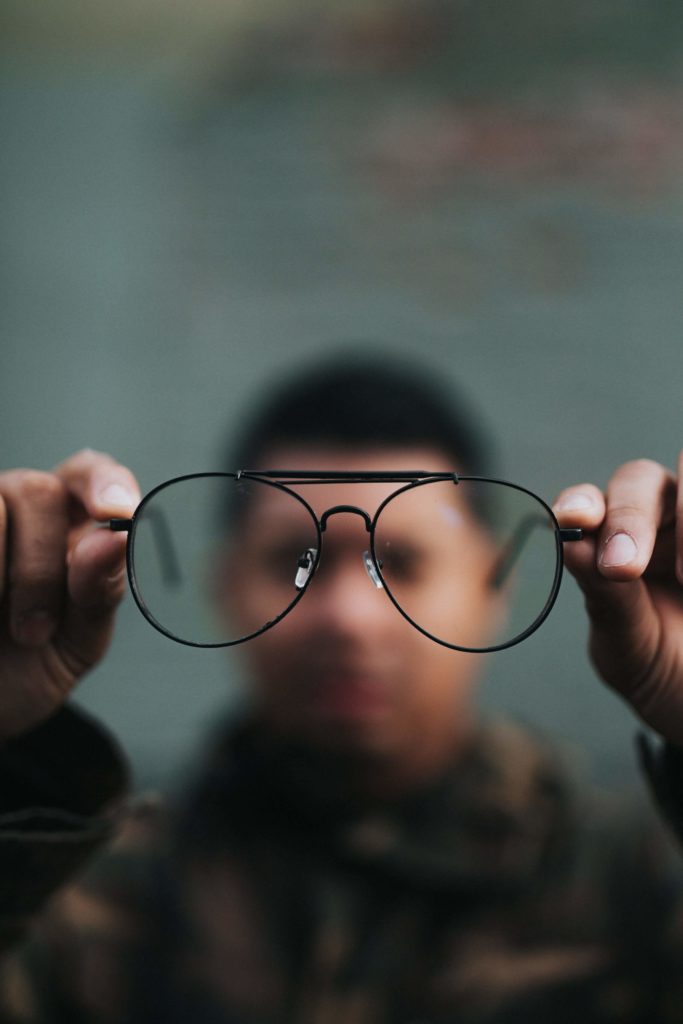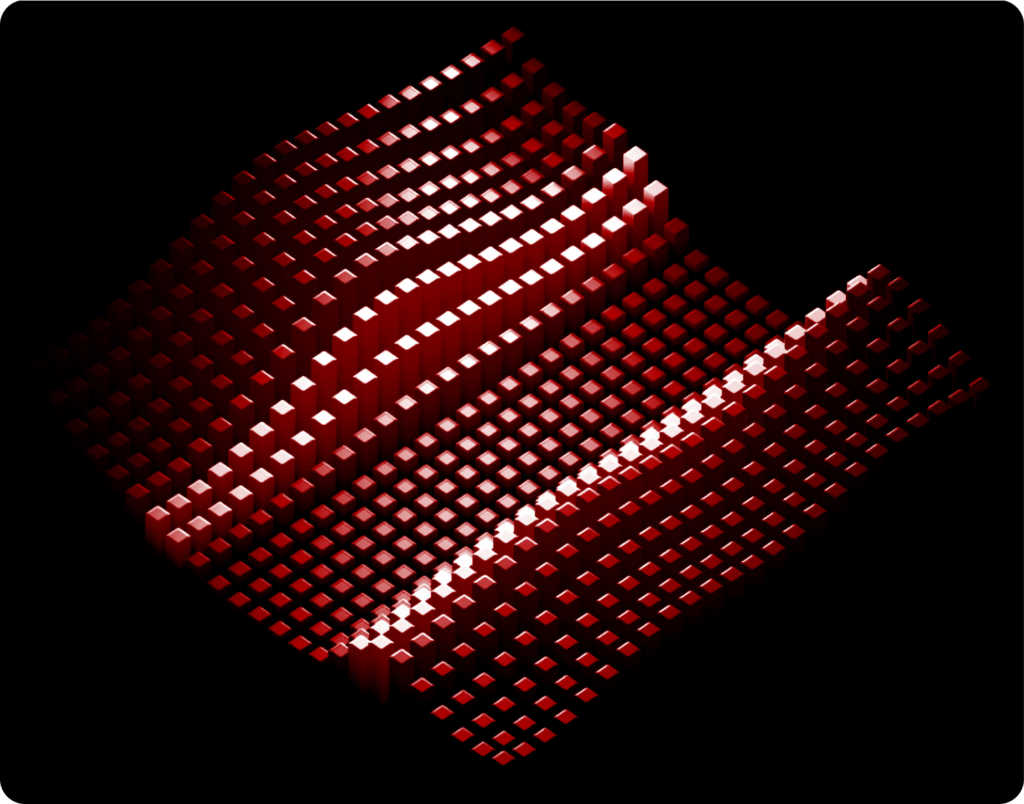There are typically two main types of vision in our daily lives to see the world around us. These are, the central vision, which enables us to see what is directly in front of us, or our main line of sight, in precise detail, and the peripheral vision, which is what we can see from the corners of our eyes without having to turn our head or neck.
Highlights
- Humans have a limited peripheral view compared to animals, especially in distinguishing colour and shape,
- Peripheral vision is poor, even in young people with normal vision, it’s just how our biological set-up is,
- In sports, peripheral awareness is vital and is a crucial visual skill for athletes, which is why it is important for them to improve it.

It is essentially the ability to view things where we are not directly looking through the corners of our eyes. Peripheral vision is poor, even in young people with normal vision, it’s just how our biological set-up is, as we have high resolution only in a small area in the centre of our eye’s visual field, called the Fovea, which is about 1% of the total visual field. To see just how small our Fovea is and establish our peripheral vision area, hold out your arm, stick up your thumb, and focus your vision on your thumbnail. At arm’s length, our thumbnail is about the size of our Fovea, and the rest of our visual field, which is not in direct focus, is considered peripheral vision, where the resolution is much lower.
Additionally, humans have a limited peripheral view compared to animals, especially at distinguishing colour and shape. The total visual field of human beings spans a 170°, out of which the peripheral vision covers around a 100° of this field, which clearly shows how largely we’re dependent on peripheral vision, to take in the whole picture, albeit in a lower resolution, as compared to central vision.
Now that we have established what exactly is peripheral vision let us look into its functions. The primary function of peripheral vision is to recognise well-known structures and forms without focusing or using our Foveal vision. It also helps us identify similar forms in movement, helping us read incoming data and recognise, it without focusing. Secondly, peripheral vision picks up the delivery of sensations that form our complete line of sight within our visual perception.
Peripheral vision is a vital component of our line of sight, as it allows us to see things out of the mainline of our focus, which is extremely helpful in crowded areas such as traffic. Compared to central vision, peripheral vision plays a more influential role in viewing objects in the dark due to the many roads (receptors that help us see in the dark) in the peripheral retina. Additionally, peripheral awareness provides an early warning system and guides our responses accordingly to the information received.
In sports, peripheral awareness is vital and is a crucial visual skill for athletes. In sports, it is important to spot objects or people out of the corner of our eyes. in training ourselves to spot things faster, we can gain a vital advantage over our opponents, where even microseconds can make a crucial difference. For example, in basketball, acute peripheral awareness is necessary to detect motion in the outer end of the visual field, which enables us to react and respond more quickly. It can also help us avoid injury by staying aware of the things happening around us. In addition to this, players can effectively monitor the ball and their opponents better by strengthening their peripheral vision.

Another practical but not well-known usage of peripheral vision is in the practice of meditation. Usually, when a person meditates, they tend to close their eyes and focus on their inner self, but did you know that you can also meditate by keeping your eyes open and using meditation? Because you certainly can! A Hawaiian meditation called Hakalau uses peripheral vision to enable relaxation when coupled with deep breathing techniques. A person performing the Hakalau meditation concentrates their vision to the sides of focus, which is known to relax our visual system. It gives the central vision a much-needed break, allowing our brain to calm down and take a breather. It also strengthens our periphery awareness and makes us more attuned and sensitive to structures and spatial awareness.
Ways to improve peripheral vision
Good peripheral vision is an absolute necessity for even the simplest of everyday tasks and functions. Even taking a walk down the street relies on information received from peripheral vision; therefore, it is vital to maintain and improve an optimal level of peripheral vision and awareness. The human eye is a bundle of muscles that can be trained and exercised like any other muscle. Exercising our eyes is the best way to help with eye strain and irritation. Listed below are a few helpful eye exercises and techniques for the improvement of peripheral vision.
Here are a few exercises:
- Visit a park and find a good bench at a lovely spot.
- Grab a pen and paper and jot down everything you can see in front of you without moving your eyes, including subjects in your peripheral vision.
- Repeat the process a few more times each session, and try to increase the count.
Improving peripheral vision helps us train our eye muscles by stretching them out to enable better peripheral vision. Another exercise that helps us train our eye muscles is eye training first.
- Stretch your muscles and slowly relax your neck.
- Stretch your eye muscles by rolling them around in your sockets and gradually relax them.
- Pick a point of focus in your field of vision and focus on that point. Slowly spread your awareness around that point without losing focus.
- Look out for more challenging focus points in your visual field, and slowly practice spreading your awareness around that point.
- Move the focus point around all areas, above, below, left and right, to enable greater depth to peripheral vision.
- Repeat the process a few times every day.
Peripheral vision and Subliminal messaging
Subliminal messaging is essentially words and visual stimuli presented to us below the threshold of conscious awareness. They are sneaked into our brains by briefly displaying words or visual stimuli within our peripheral vision, which escapes our conscious mind but are caught by the subconscious, indirectly influencing our behaviour or actions. The effect of subliminal messages can either be positive or negative, depending on the content of the messages being flashed before our eyes, including our peripheral vision. Usually used by advertisers to market products and services or for propaganda purposes, subliminal messaging has now found usage within the sphere of therapy.
Modern-day therapists employ our peripheral vision, which enables us to capture subconscious cues to aid therapy effectively. A study conducted at Yale University established that positive subliminal messaging influenced our physical function through a chain reaction of positive effects. It strengthened positive self-perceptions, which then improved their physical function.
In Neuroscience, the meticulous study of the eyes is the primary source of information for the brain. Neuroscientist and tenured Professor in the Department of Neurobiology at the Stanford University School of Medicine, Dr Andrew Huberman, stated that “The eyes are fundamentally the most powerful driver of what we think, what we feel, and ultimately what we can do because they set the basic level of alertness or sleepiness. And they do it not just at a low subconscious level; there are also ways in which the eyes adjust these things on swift time scales.
Conclusion
We eventually realised that vision has a powerful effect on how we feel at a basic level and has such a tremendous capacity to shift how we feel and how we perform cognitively and behaviourally that we realised that we had to study how vision drives stress, how vision drives communication, how vision drives the ability to move through complex environments or high-stress environments.” They say that the eyes are the windows to the soul, making peripheral vision the rearview mirror, subconsciously guiding our journey through life.
Disclaimer: The contents of this article are for general information and educational purposes only. It neither provides any medical advice nor intends to substitute professional medical opinion on the treatment, diagnosis, prevention or alleviation of any disease, disorder, or disability. Always consult with your doctor or qualified healthcare professional about your health condition and/or concerns before undertaking a new health care regimen including making any dietary or lifestyle changes.
References








